Trading : 7am to 5pm (Mon-Sun)
Call Us : (03) 7071 0777
Email Us : sales@primalhunter.com.au
NEED HELP?
Hours: 7am-5pm (Mon-Sun)
Ph: (03) 7071 0777
E:sales@primalhunter.com.au

Night vision technology has revolutionized our ability to see in low-light and dark environments, playing a pivotal role in fields ranging from military operations to wildlife observation. By harnessing various methods to amplify available light, night vision devices (NVDs) enable users to detect objects and navigate in conditions where vision would otherwise be impaired.
The evolution of night vision technology is a testament to human ingenuity and the relentless pursuit of overcoming natural limitations.
The inception of night vision can be traced back to the late 1920s and early 1930s. Hungarian physicist Kálmán Tihanyi invented an infrared-sensitive electronic television camera in 1929 for anti-aircraft defense, marking one of the earliest attempts of night vision technology. Not to be outdone, Germany soon followed with their first attempt at producing infrared devices, leading to the creation of "Generation 0" night vision systems. These early devices were able to significantly amplify existing light, but were bulky and required large infrared searchlights, making them difficult to manage in combat situations.
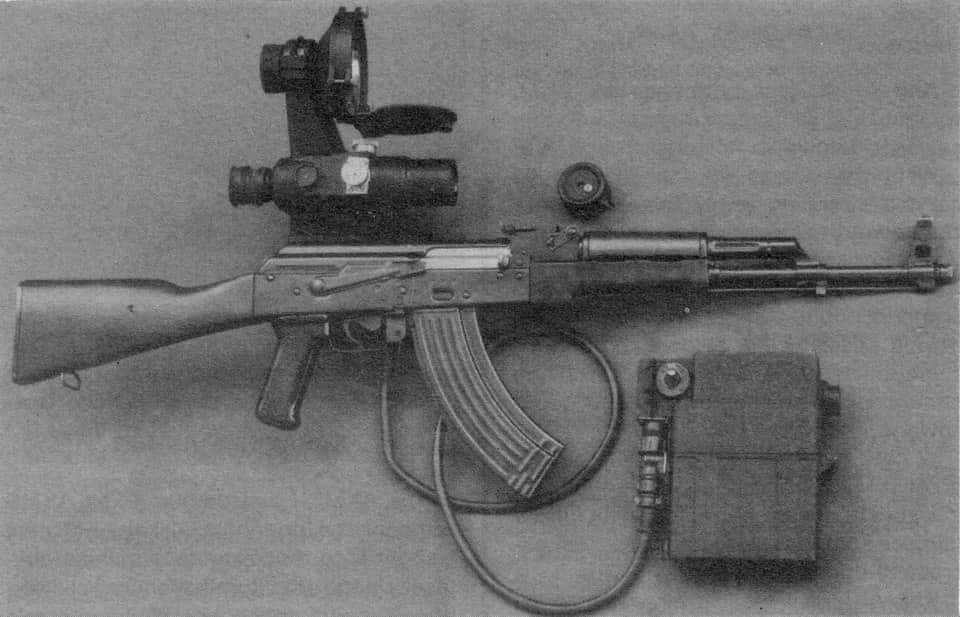
(Generation 0 Night Vision was groundbreaking, but bulky and cumbersome to use)
During World War II, both sides saw the benefits of being able to see in the dark. The German army came up with a system called the FG 1250 Sperber, or "Sparrow Hawk," which they put on their Panther tanks. It used a large infrared light and a special viewer to help soldiers see at night. Meanwhile, the U.S. Army created tools called the M1 and M3 "sniperscopes." These worked by shining invisible infrared light on a target. The light would bounce back to the device, helping soldiers spot and aim at enemies even when it was dark.
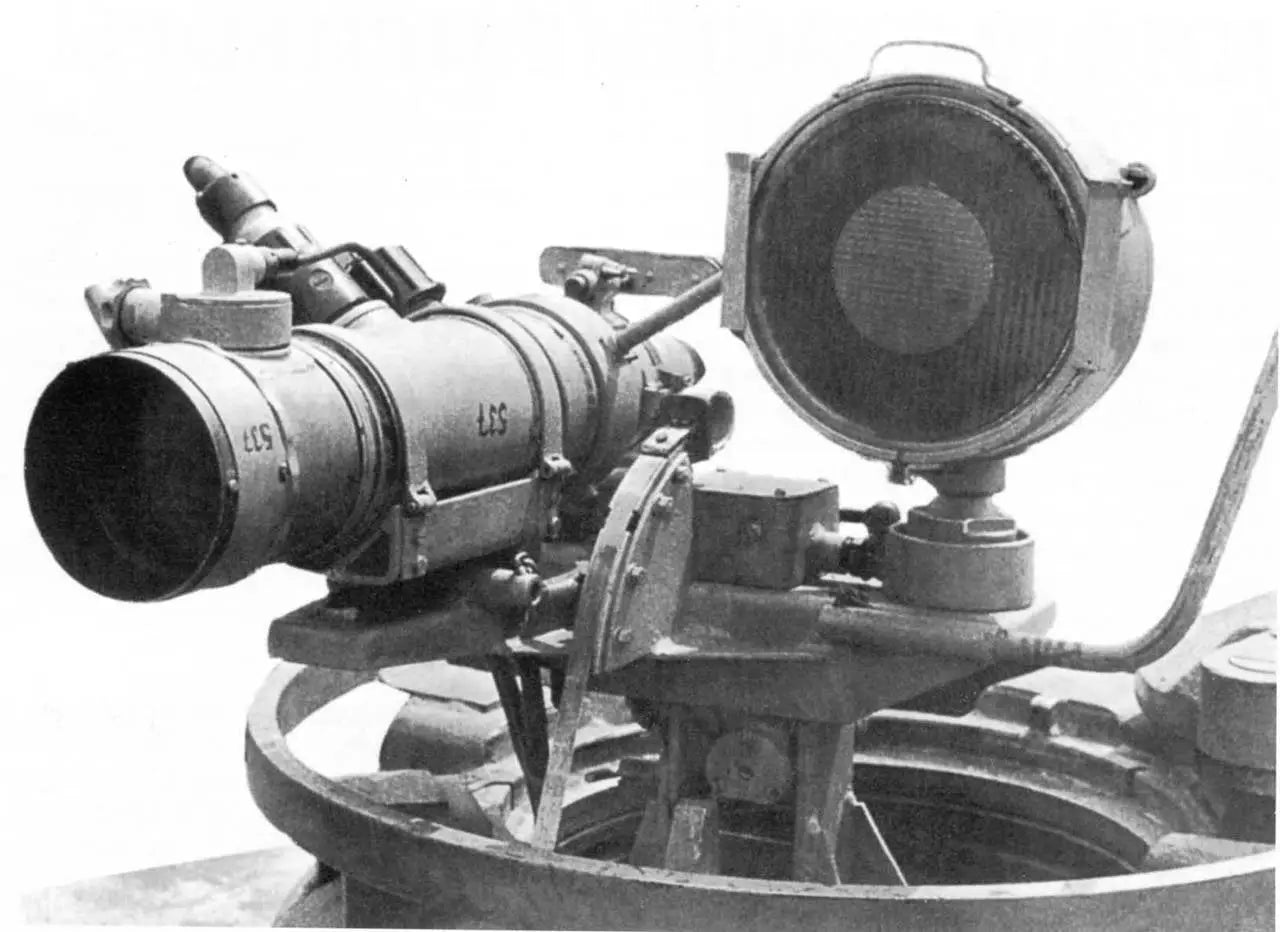
(Depiction of a FG 1250 Sperber mounted on a Panther tank)
After World War II, night vision technology started to improve quickly. A man named Vladimir K. Zworykin, working for the Radio Corporation of America, created one of the first night vision tools made for regular people. But it was too big and too expensive for most to use. Then, in the 1960s, the U.S. Army came out with a new type of night vision gear called Generation 1 devices. One example was the AN/PVS-1 Starlight scope. Unlike earlier versions, these didn’t need to shine infrared light—they worked by boosting the natural light from the moon or stars. They were smaller, worked better, and helped shape the night vision tools we have today.
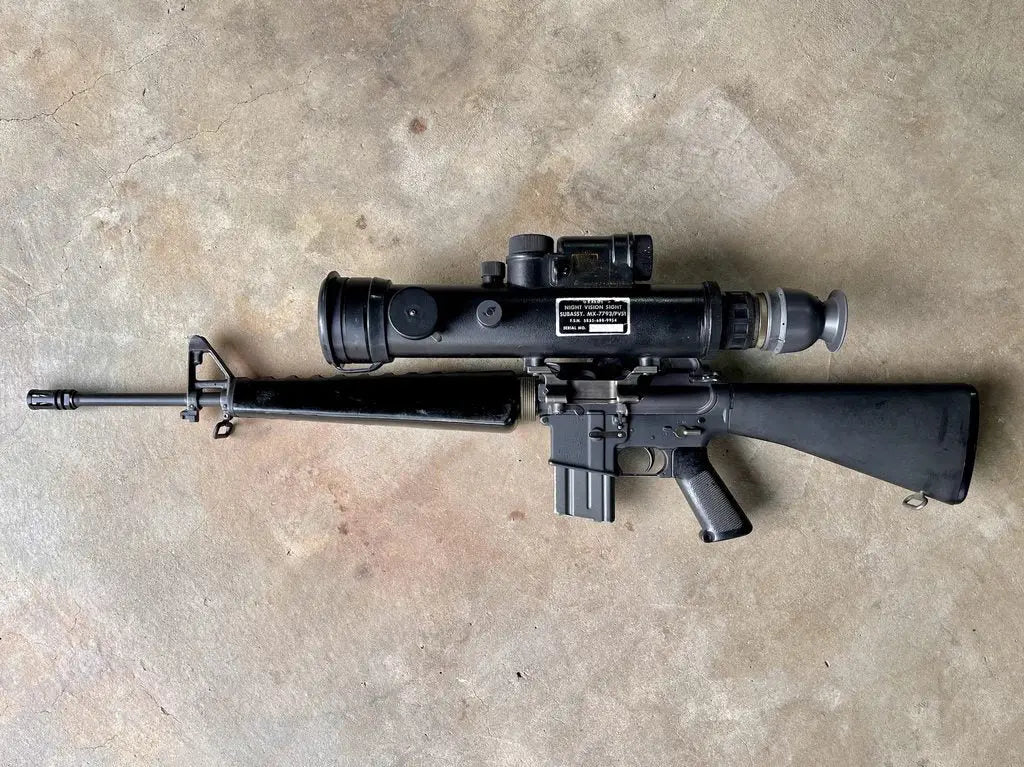
(The PVS-1 Starlight scope highlights the improvements of Gen 1 night vision in terms of compactness and improved field useability)
At its core, night vision technology amplifies available light to produce visible images in low-light conditions. There are two primary methods by which this is achieved:
Traditional night vision devices employ optoelectronic image enhancement, which involves several key components:
Objective Lens: Captures incoming light, including visible and near-infrared wavelengths.
Photocathode: Converts photons (light particles) into electrons (charged particles).
Microchannel Plate (MCP): Multiplies the number of electrons, amplifying the electronic signal.
Phosphor Screen: Electrons strike this screen, causing it to glow and produce a visible image.
This process results in a green-hued image, as the human eye is more sensitive to green light, facilitating better contrast and clarity.
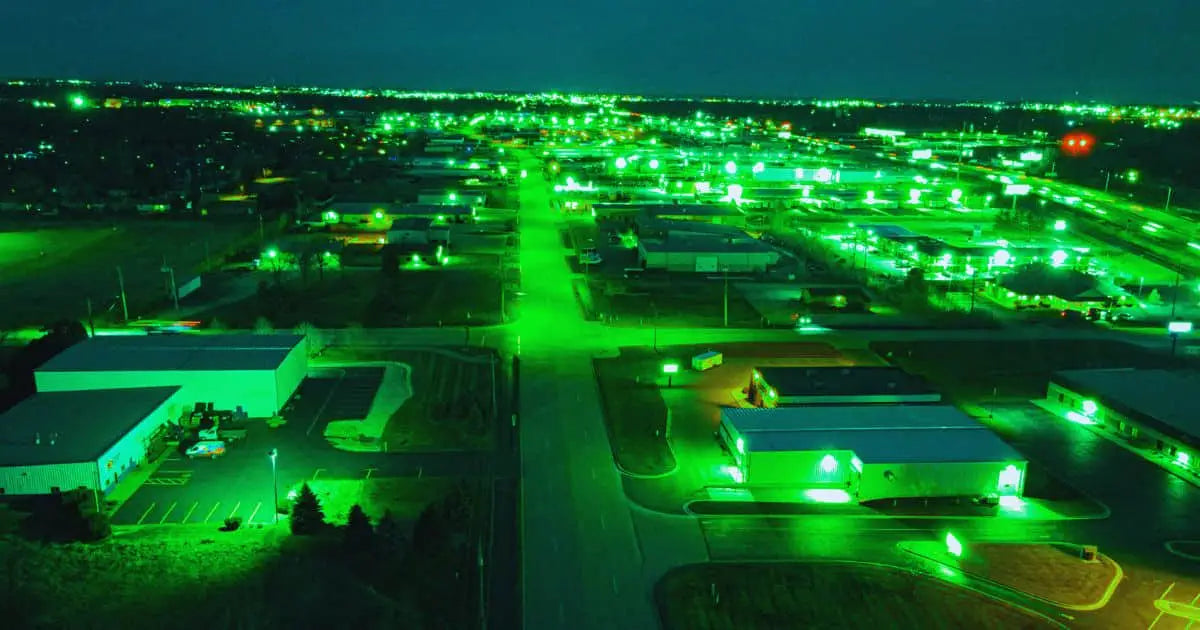
Advancements in digital technology have led to the development of digital night vision devices. These systems utilize digital sensors to capture available light, which is then processed by onboard processors to enhance the image. The enhanced images are displayed on digital screens, such as LCD or OLED, and can be presented in full color. Digital night vision offers benefits like image recording, laser rangefinders, integration with other digital systems and often provides clearer images in various lighting conditions.
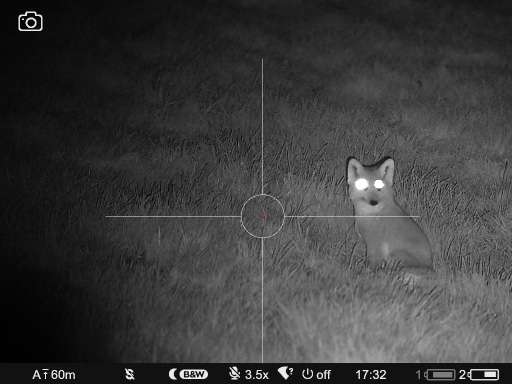
(Image from a digital night vision scope)
Being able to see in the dark has opened up a wide range of uses in different fields. Here are some of the main ways night vision is used today.
Military and Police Work:
Night vision plays a key role in military missions, helping soldiers move and operate effectively in the dark. Police also use it for nighttime surveillance and during tactical situations, making their work safer and more effective when visibility is low.
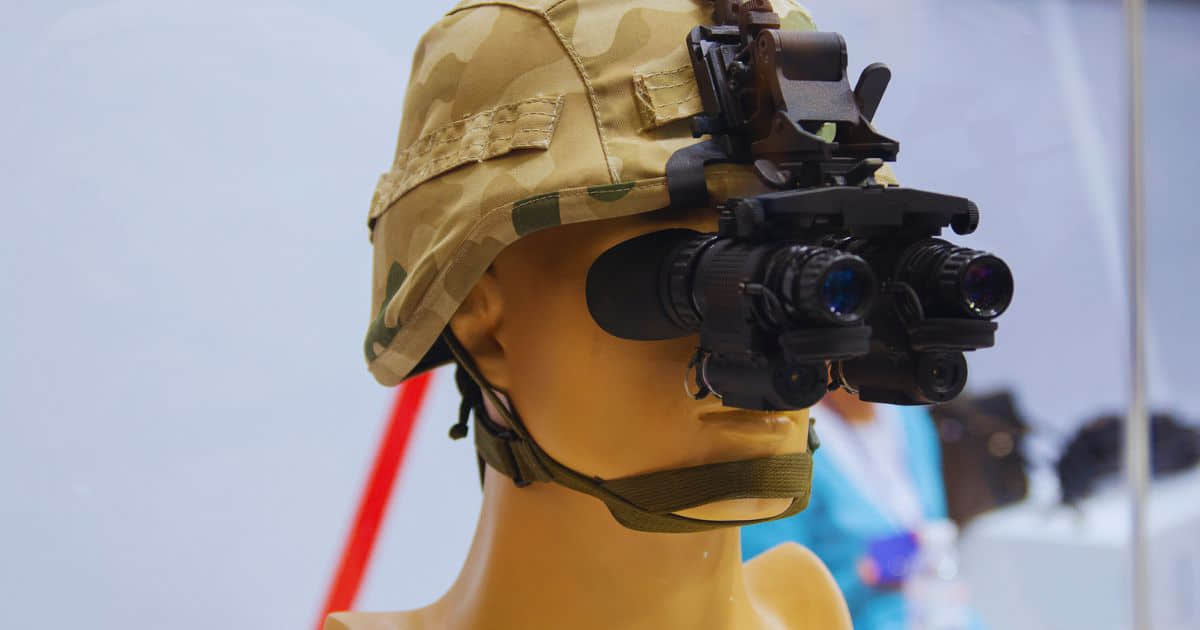
Home and Property Security:
Night vision cameras are commonly used in home and business security systems. These cameras help spot trespassers, keep an eye on areas overnight, and offer 24/7 protection—even when it's pitch black outside.
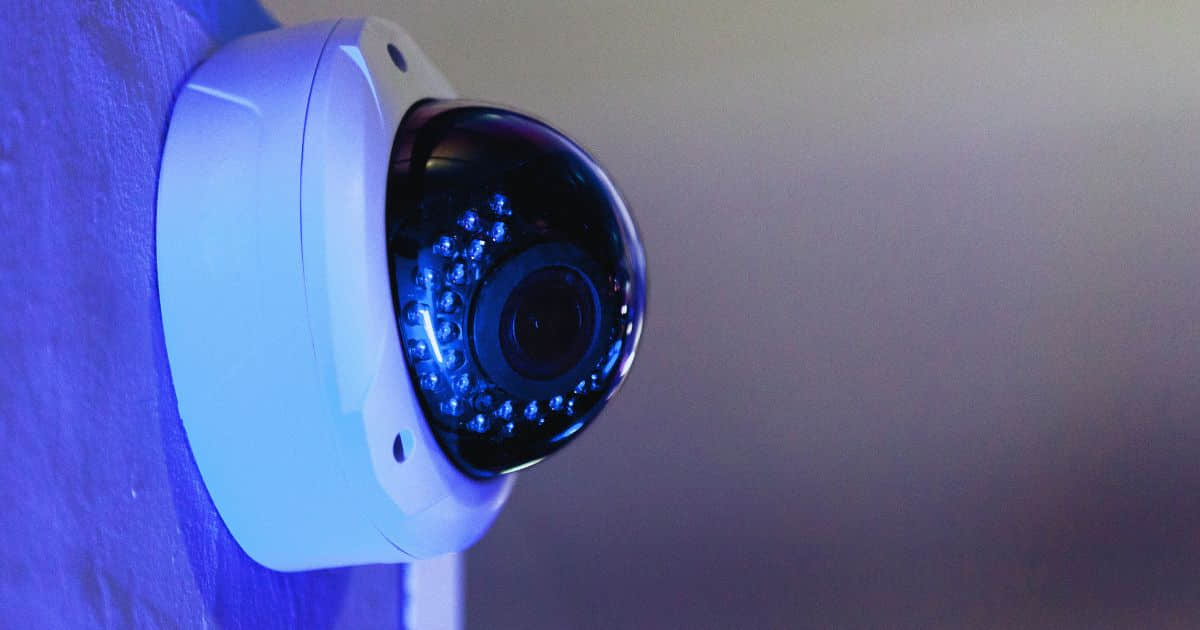
Hunting and Feral Animal Control:
Hunters use night vision gear to track animals that are active after dark, such as deer or wild hogs. It's also a valuable tool in controlling feral animal populations, which often cause damage to farmland and native wildlife. Night vision allows for more accurate and humane management during nighttime hours when some of these animals are most active.

Studying Wildlife:
Scientists and nature lovers use night vision to watch animals that come out at night without scaring them away. This helps researchers learn more about animal behavior without interfering with their natural routines.

Search and Rescue:
In emergencies where someone is lost or trapped in dark or hard-to-see areas, night vision helps rescue teams find them faster and safer. It's especially helpful during nighttime searches or in places with little to no light.
Overall, night vision technology has become an essential tool across many areas, from protecting people to studying animals and managing nature responsibly.
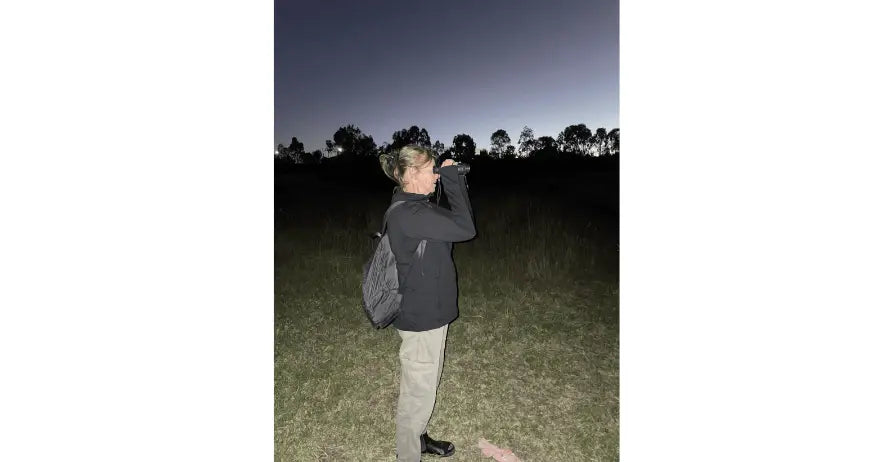
Improved Visibility in Low Light:
Night vision devices amplify available light—like moonlight or starlight—making it easier to see clearly in dark environments.
Safer Nighttime Activities:
Whether you're a security professional, hike or hunter night vision helps you stay alert and aware in low-light conditions.
Wildlife Observation Without Disturbance:
Observe nocturnal animals in their natural habitat without using bright lights that could scare or disrupt them.
Tech-Friendly and Versatile:
Many night vision systems are compatible with other equipment—easily mounted on helmets, rifles, drones, scopes, or cameras for a range of uses.
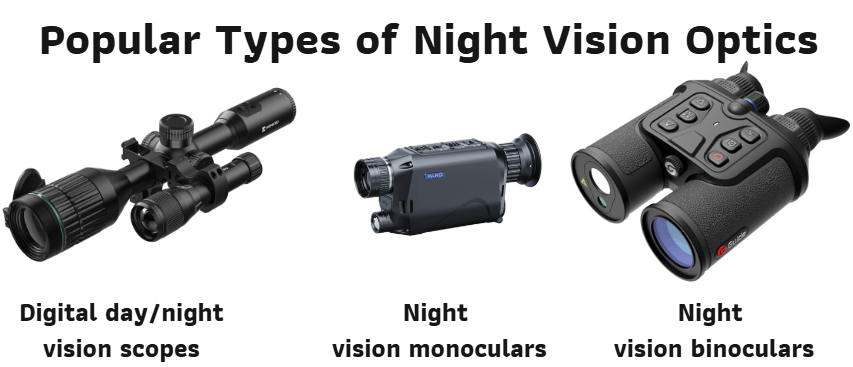
Limitations:
Requires Some Light to Function:
Night vision doesn’t perform well in total darkness unless it's combined with an infrared light source.
Sensitive to Sudden Bright Lights:
Exposure to bright light can damage the device or temporarily impair the user’s vision.
High Cost:
Advanced night vision gear—especially newer-generation models—can be quite expensive.
Affected by Weather Conditions:
Rain, fog, snow, and humidity can reduce clarity by scattering ambient light, limiting the device’s effectiveness.
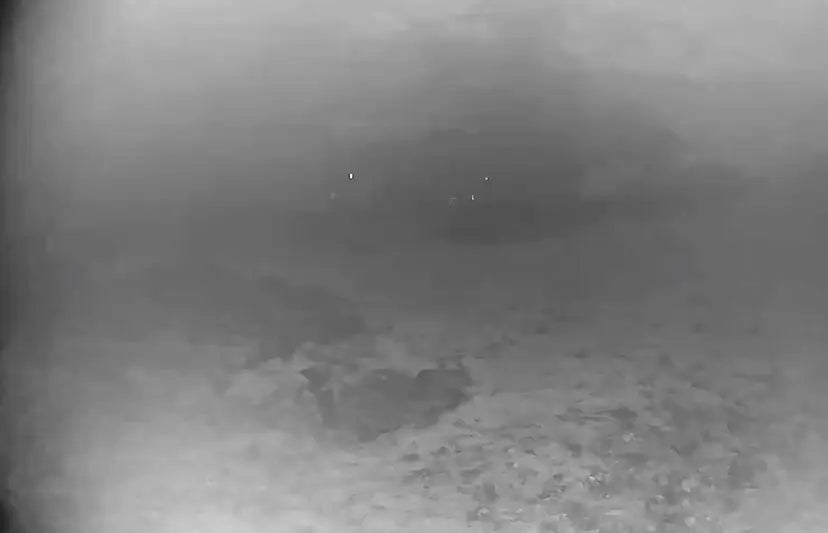
(An example of how environmental conditions such as fog can impact the effectiveness of night vision)
Night vision technology has come a long way since its early military applications in the 20th century. What began as bulky, infrared-dependent systems has evolved into compact, highly effective tools used across a wide range of fields. From enhancing tactical operations and improving home security to enabling ethical wildlife research and effective search and rescue efforts, night vision has transformed how we interact with the world after dark.
By understanding both the historical development and the science behind how night vision works, we gain a deeper appreciation for its impact on modern life. While it still has some limitations—like sensitivity to bright light, high cost, and reduced performance in poor weather—its advantages far outweigh the drawbacks for many users. As digital enhancements and new technologies continue to emerge, night vision will only become more accessible, versatile, and powerful in the years ahead.
Leave a comment